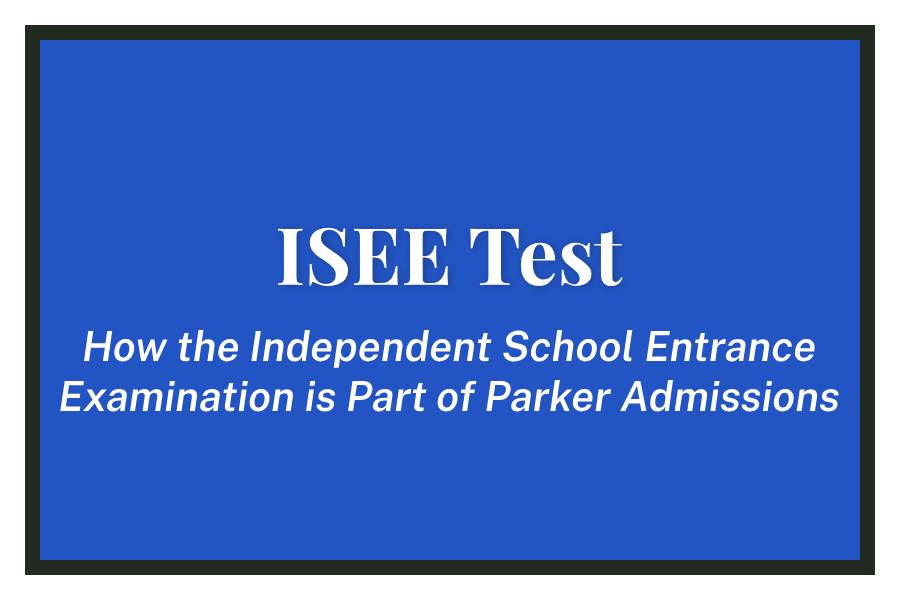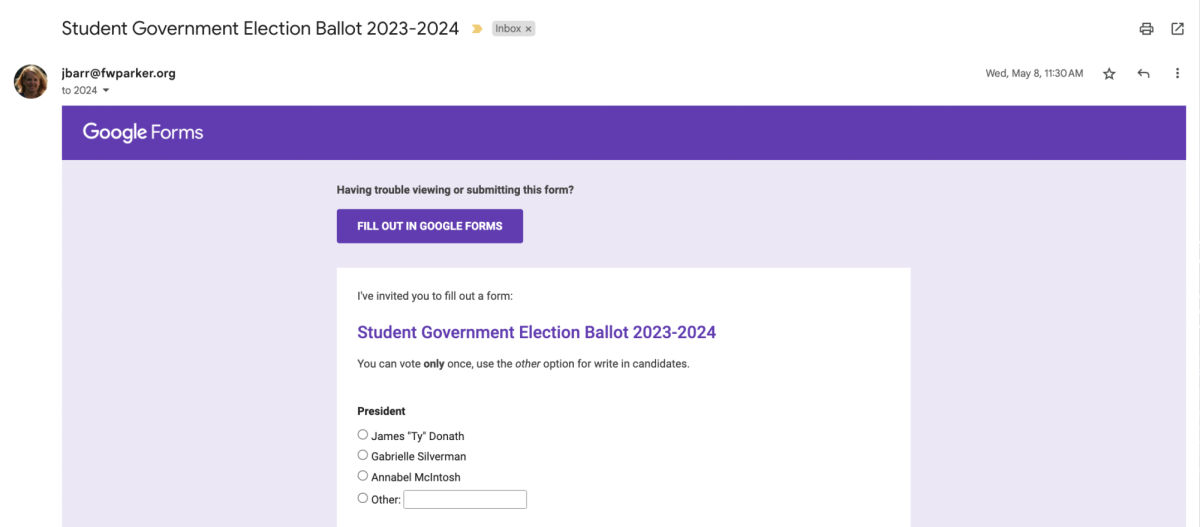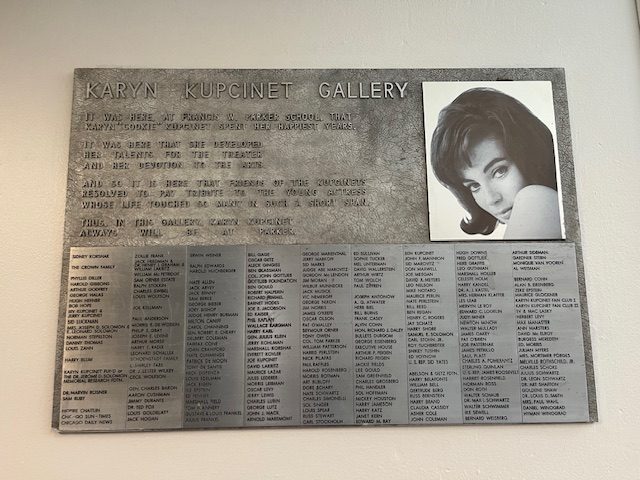Every year, thousands of students across Chicago take the Independent School Entrance Examination (ISEE) to gain admission into private schools like Parker around the city. The ISEE test is notoriously difficult. “It was definitely the hardest and longest part of the application process,” sophomore Penny Wood said. Wood took the ISEE when applying to Parker when she was in eighth grade.
The ISEE has been around for around 34 years, and it is broken down into five different timed sections. The first two sections are math. Mathematics achievement is very similar to the ACT math section including questions on algebra, geometry, data analysis, probability, and operations with numbers. Quantitative reasoning is the second math section, and it’s less about solving problems for an answer but more about applying the math that you know to different real life situations. The two sections following math are English. Both of the English sections are comparable to the ACT English sections, with verbal reasoning consisting of sentence structure and grammar, and reading comprehension consisting of a passage and questions. The last section is a 30 minute essay on various topics.
The same difficulty test is given to students in grades 8-11, so for most of Parker’s incoming ninth grade applicants, the test was extremely difficult. “It was really hard because you were answering the same questions as a junior applying for senior year, except you were only in eighth grade,” Wood said. Some students would compare the ISEE to the PreACT because of the difficulty of the test. “As someone who took the ISEE and PreACT, I can confidently say the ISEE was a lot harder and more stressful,” sophomore Ella Goodman said.
Many students spend months preparing for the ISEE through tutoring or just doing practice tests and problems. Whether that’s getting used to taking a standardized test, or trying to stick to the time frame of the ISEE, there is lots to learn, and it can definitely be very laborious and stressful. “It was very stressful not only because of the difficulty of the test, but just knowing that this would be sent to high schools and could determine my admission was the most nerve wracking part,” Wood said.
Parker has used the ISEE in admissions for over 15 years. “The ISEE is simply one component of the applicant’s profile,” Interim Co-Director of Admission and Director of Admission for grades 6–12 Paige Walus said. “Parker’s admission process is holistic. We are able to give consideration to each aspect of an Upper School applicant’s profile, including: the admission application and essays, the student’s interview with a faculty/staff member during their visit, the parent/guardian meeting, three recommendations from current teachers, academic transcripts and the ISEE.” She said that the ISEE primarily serves as one of the many data points used to see where an applicant is academically, and it is the only timed writing sample from the student. “The ISEE is not weighted more than other components, and we always encourage students to simply do their best on the test because we have so many other pieces of the application to consider as well,” Walus said.
At Parker the test is used very sparingly outside of admissions. Few teachers have access to students section specific scores, “If a student is admitted and is enrolled in Parker, a select few teachers will have access to certain scores for placement purposes,” Walus said.
Once admitted to Parker, and placed in classes, a student’s ISEE scores are not used whatsoever. “After months of studying and preparing, it was as if it never happened,” Goodman said. “I’m just glad that I will never take it again.”









